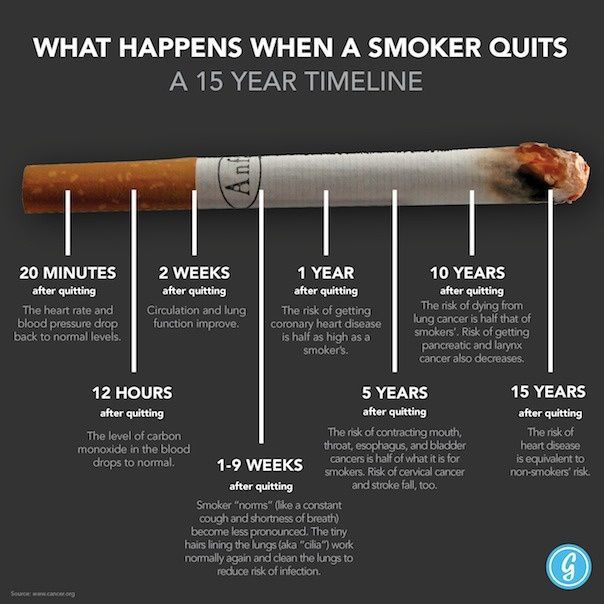
Listen up! I have the hard core facts about smoking. If you smoke you need to really consider quitting. I am never one to encourage anyone to be a quitter, however this month (as mentioned in last week’s post about November being Lung Health Awareness) may cause you to reconsider as Thursday, November 20 is the Great American Smoke Out.
Now is the time to be a quitter.

The Great American SmokeOut is an annual event held on the third Thursday of November by the American Cancer Society. It encourages people to stop smoking cigarettes for 24 hours. This year marks thirty-seven years of attempting to encourage smokers to quit.

As I mentioned in last week’s information, our lung function declines as we age. If you smoked one pack of cigarettes for at least 20 years, you greatly increase your chance of getting Chronic obstructive pulmonary disease also known as COPD and contributing to the rapid decline in lung function. COPD is a serious lung disease that includes chronic bronchitis and/or emphysema, which causes people to have difficulty breathing due to long-term damage to their lungs.
COPD is the 3rd leading cause of death in the United States. Approximately 12 million adult Americans have been diagnosed with COPD, and an additional 12 million remain undiagnosed. In 2006, COPD killed more American women than breast cancer and diabetes combined.
The clinical presentation of COPD is as follows:
Onset or when disease usually manifests: Mid life
Risk Factors: Cigarette smoking and occupational pollutants
Disease course: slowly progressive
Symptoms: Chronic shortness of breath/dyspnea while doing activities, constant coughing, also called smoker’s cough, excessive sputum production, nighttime awakenings (due to coughing and acute dyspnea), feelings of not being able to breathe, inability to take a deep breath and wheezing.
Pathophysiologic Features of COPD:
Lung Tissue Destruction
Predominant Inflammatory Cells
Airflow Limitation
How is COPD determined?
Spirometry (breathing test) is the most common form of pulmonary function tests (PFTs)
Pulmonary/Lung Function Test is complete evaluation of the respiratory system including patient history, physical examinations, chest-x-ray examinations, arterial blood gas analysis, and tests of pulmonary function.
 How is COPD treated?
How is COPD treated?
There’s no cure for COPD, but there are a wide range of treatment options and lifestyle changes that may have a significant difference in a patient’s breathing.
2 primary types of medicinal treatment: Short-acting bronchodilators (rescue meds) help relieve sudden COPD symptoms and Long-acting maintenance medicines help reduce inflammation, ease airway constriction.
Goals of COPD Management:
Reduce Symptoms: Relieve symptoms
Improve exercise tolerance
Improve health status
and
Reduce Risk: Prevent disease progression
Prevent and treat exertions
Reduce mortality
Be reminded once more How Happens to the Body When You Quit Smoking:


Smoking Cessation Products to Help You Quit (check with your medical professional before starting any medication):
Nicorette: Gum (available without prescription)
Nicoderm: patch (available without prescription)
Chantix: tablets (prescription medication)
The smoking cessation products listed above offer free patient counseling/behavior modification support along with products. COPD is common preventable and treatable disease.
Be a quitter on Thursday, November 20!

Enjoyed the article and love your outfit!
Cynthia,
Thank you for stopping by Age of Grace! Another outfit remix, old cape with new dress, had fun mixing patterns!